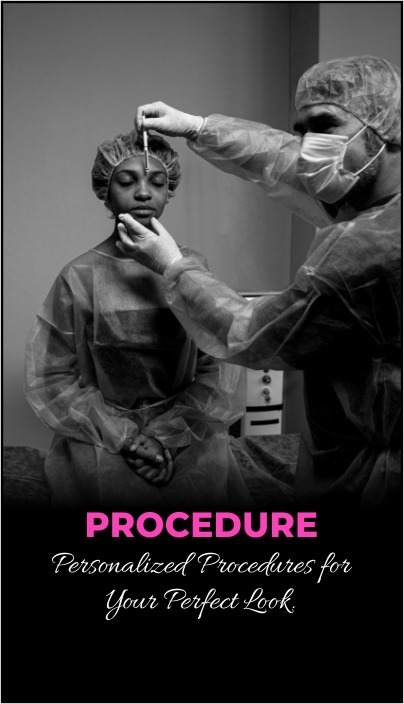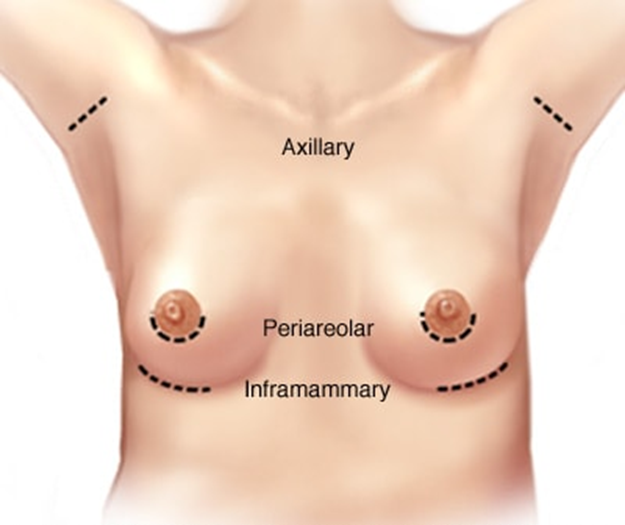

Breast augmentation — also known as augmentation mammoplasty — is surgery to increase breast size. It involves placing breast implants under breast tissue or chest muscles.
For some women, breast augmentation is a way to feel more confident. For others, it's part of rebuilding the breast for various conditions.
If you're considering breast augmentation, talk to a plastic surgeon. Make sure you understand what surgery involves, including possible risks, complications and follow-up care.
Breast augmentation might help you:
Discuss your goals with your plastic surgeon so that you can be realistic about what breast augmentation can do for you.
Breast augmentation poses various risks, including:
Correcting these complications might require more surgery, to either remove or replace the implants.
Systemic symptoms — sometimes called breast implant illness — may be associated with breast implants. The exact relationship of these symptoms to breast implants is not clearly understood. Reported signs and symptoms include fatigue, memory loss, skin rash, trouble concentrating and thinking clearly, and joint pain. Removal of the breast implants may reverse the symptoms. Research to determine the link and the cause is ongoing. Talk to your plastic surgeon if you have breast implants and experience any of these signs and symptoms.
If you notice any changes to your breasts or implants, talk to your doctor. Ongoing follow-up visits and appropriate screening tests can detect and address possible complications related to breast augmentation surgery.
You'll consult with a plastic surgeon about your preferences for size, feel and appearance of your breasts. The surgeon will describe specific types of implants — smooth or textured, round or shaped like a teardrop, saline or silicone — as well as options for surgical techniques.
Carefully review written information, such as the patient information from the manufacturer of the implant you'll be getting, and keep copies for your records.
You might need a baseline mammogram before your surgery. Your doctor might adjust certain medications before the surgery as well, like avoiding aspirin or other medications that increase bleeding.
If you smoke, your surgeon will ask you to stop for about four to six weeks before and after the surgery.
Arrange for someone to drive you home after the surgery and to stay with you for at least the first night.
Breast augmentation can be done in a surgical center or hospital outpatient facility. You'll probably go home the same day. The procedure rarely requires a hospital stay.
Sometimes, breast augmentation is done under local anesthesia — you're awake and your breast area is numbed. Often, though, breast augmentation is done during general anesthesia, in which you're asleep for the surgery.
Your plastic surgeon will review different anesthesia options with you.

During breast augmentation, the surgeon makes an incision in one of three possible places: the crease under your breast (inframammary), under your arm (axillary), or around your nipple (periareolar).
After breast augmentation surgery, the implant lies either behind the glandular tissue in your breast (subglandular placement) or behind the chest wall muscle (submuscular placement).
To insert the breast implant, your plastic surgeon will make a single cut (incision) in one of three places:
After making an incision, the surgeon will separate your breast tissue from the muscles and connective tissue of your chest. This creates a pocket either behind or in front of the outermost muscle of the chest wall (pectoral muscle). The surgeon will insert the implant into this pocket and center it behind your nipple.
Saline implants are inserted empty and then filled with sterile salt water once they're in place. Silicone implants are pre-filled with silicone gel.
When the implant is in place, the surgeon will close the incision — typically with stitches (sutures) — and bandage it with skin adhesive and surgical tape.
Soreness and swelling are likely for a few weeks after surgery. Bruising is possible, too. Expect scars to fade over time but not disappear completely.
While you're healing, it might help to wear a compression bandage or sports bra for extra support and positioning of the breast implants. Your surgeon might prescribe pain medication as well.
Breast augmentation can change the size and shape of your breasts. The surgery might improve your body image and self-esteem. But keep your expectations realistic, and don't expect perfection.
Your breasts will continue to age after augmentation. Weight gain or weight loss might change the way your breasts look, too. If you become dissatisfied with the appearance of your breasts, you might need more surgery to correct these issues.
Saline and silicone breast implants both have an outer silicone shell. The implants differ in what they're filled with and how they feel.
Saline implants are filled with sterile salt water. They're usually put into the breast empty and filled when they're in place.
Saline breast implants are available to people ages 18 and older to make breasts larger.
Silicone implants are made with silicone gel filling. Most people believe that silicone breast implants look and feel more like natural breasts.
Silicone breast implants are available to people age 22 and older for augmentation. They are available at any age for breast reconstruction.
